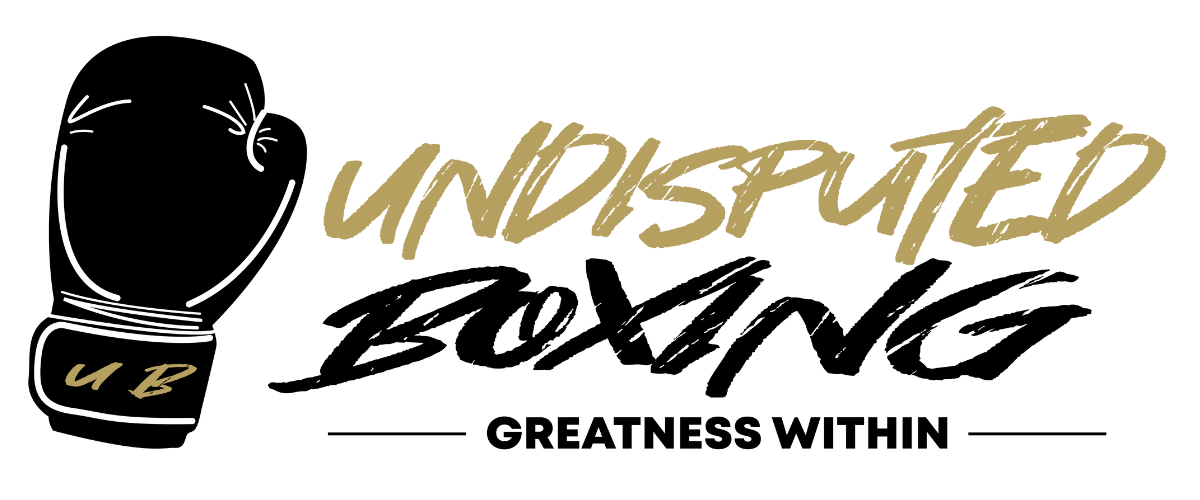Ten Pieces Of Boxing Equipment To Help You on Your Journey
If you are considering taking up boxing as a hobby or a form of exercise, it is important to have the right equipment to ensure your safety and make the most out of your training sessions. Boxing is not only physically demanding but also requires proper technique and protection. In this blog post, we will discuss the equipment to help you on your boxing quest.
Hand Wraps: Hand wraps are an essential item in boxing as they protect your hands and wrists from injuries. They provide support to your knuckles, bones, and tendons, reducing the risk of sprains or fractures. Hand wraps also safeguard your wrist from strain during intense training sessions. Wrapping your hands properly ensures a comfortable and secure fit inside your gloves.
Boxing Gloves: Boxing gloves are the most important piece of equipment for any boxer. They protect your hands and your opponent from potential injuries during training or sparring. Boxing gloves come in various weights, ranging from 8 ounces to 16 ounces or more. The weight you choose will depend on your body weight and the purpose of your training (e.g., heavy bag work or sparring). It is essential to select gloves that fit your hands snugly to promote better control and reduce the risk of injury.
Mouthguard: Safety should always be a priority in boxing, and a good quality mouthguard is vital for protecting your teeth and gums. Mouthguards reduce the risk of mouth and jaw injuries when sparring or being hit by a punch. Custom-fit mouthguards provide the best protection, but boil-and-bite or ready-to-use options are also available.
Boxing Shoes: While not absolutely necessary, investing in a good pair of boxing shoes can greatly enhance your performance and reduce the risk of foot and ankle injuries. Boxing shoes are lightweight, have a streamlined design, and provide excellent traction and ankle support during training. Look for shoes with good cushioning and breathability for extra comfort.
Headgear: Headgear is highly recommended for sparring sessions to minimise the risk of head injuries and concussions. It provides padding and protection to your forehead, temples, and cheeks. Look for headgear that is both durable and comfortable, providing sufficient padding without compromising visibility.
Skipping Rope: Skipping rope is an essential tool for improving footwork, speed, endurance, and coordination. It is an excellent cardiovascular exercise that helps in building stamina and burning calories. Choose a lightweight, adjustable skipping rope that suits your height and provides a smooth rotation.
Boxing Shorts and T-Shirts: Having comfortable clothing specifically designed for boxing training sessions can make a difference in your overall performance. Boxing shorts are loose-fitting and allow freedom of movement, while boxing t-shirts are usually made from moisture-wicking fabric to keep you dry during intense workouts.
Gym Bag: Last but not least, a sturdy gym bag is essential to keep your boxing equipment organised and accessible. Look for a bag with separate compartments to protect your gear and prevent any unpleasant odours from spreading. Choose a bag with sturdy straps or wheels for easy transportation.
Speed Bag and Double-End Bag: Speed bags and double-end bags are smaller bags that are used to develop speed, hand-eye coordination, and timing in boxing. Speed bags are light and, as the name suggests, help in improving speed and reflexes. Double-end bags are anchored at both ends and have elastic cords, which allow for dynamic movement and simulate the movements of a moving opponent.
Heavy Bag: A heavy bag is a crucial component of any boxing gym or training setup. It is used for various drills, including punches, hooks, jabs, and combination moves. Heavy bags come in different sizes and weights, so ensure that you choose one that suits your training goals and physical capabilities. Hanging or freestanding options are available, depending on your space and preferences.
In conclusion, starting boxing requires investing in the right equipment to ensure your safety, comfort, and performance. This list covers the some equipment that would help you on your boxing journey. Remember to prioritise your safety above all else and consult with your coach or trainer for any additional recommendations specific to your training needs. Happy boxing!

